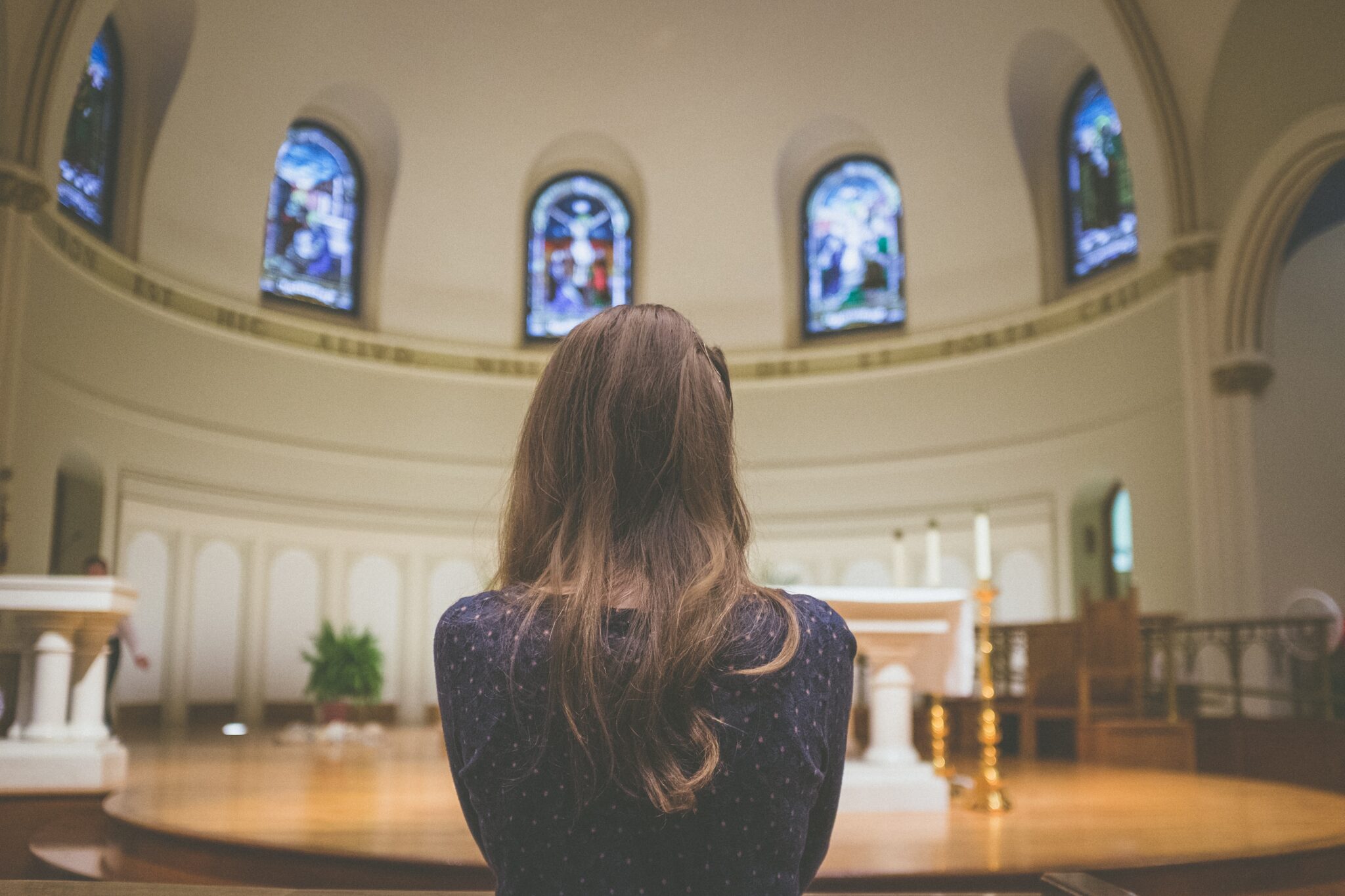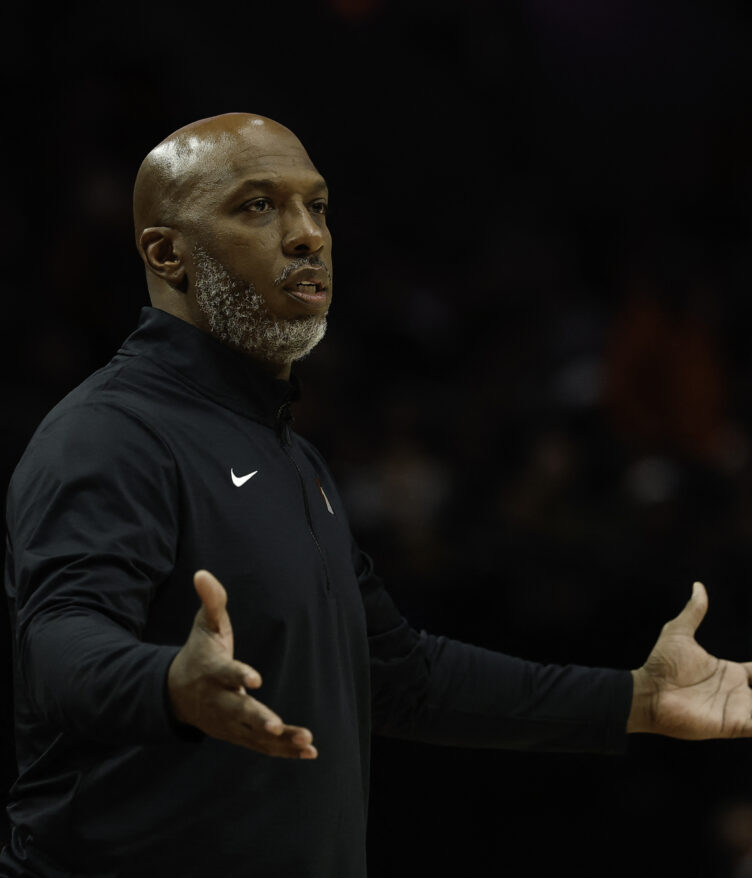THE Philippines has long been known to have one of the highest Catholic populations in all of Asia—perhaps even the world.
The Philippine Statistics Authority reported that as of 2020, Roman Catholics made up 78.8 percent of the country’s population. That’s over 85 million people. Meanwhile, those with no religious affiliation were only 43,931.
But over time, it appears that the tides have begun to change: a 2020 survey from the Social Weather Stations showed that only 73 percent of adult Filipinos find religion very important, with only 46 percent attending religious services weekly. One percent of the respondents in this poll never attend religious services.
By comparison, weekly attendance at religious services stood at 66% when it was first surveyed in 1991.
Since 2013, between 43% and 47% of adult Filipinos have attended weekly religious services, which is less than half of the population.
“I think it has something to do with the fact that the youth are more aware and open-minded about religion,” said 20-year-old Olive Villanueva, a first-year student at the University of the Philippines. “The way information spreads on the internet is also a factor in this.”
Drifting away
Villanueva was raised Catholic. She was so immersed in the religion that she was even a youth leader growing up. But she started to distance herself from the church when it allegedly started to discriminate on the basis of sexuality.
“I remember being surrounded by very judgmental people who told me to confess that I was gay so I could repent,” she said. “I do not practice Catholicism anymore because I am tired of the discrimination of the church and also because of its colonial practices.”
Daniel Fadul, a 21-year-old third-year student at the College of Saint Benilde, also had difficulty dealing with religion while growing up as a queer individual.
“Practicing religion growing up, I came to the realization that it was not welcoming for people like me,” he said.
SUGGESTED STORIES:
NBA coach, player arrested as illegal gambling probes rock league
New York, United States: Portland Trail Blazers head coach Chauncey.
Gen Z content creator Emman Atienza passes away
SOCIAL media personality Emmanuelle “Emman” Atienza, daughter of television host.
MPBL Drops the Hammer on Arwind Santos: Indefinite Ban, ₱100K Fine
THE Maharlika Pilipinas Basketball League (MPBL) has come down hard.
“It felt as if God’s supposed love was reserved only for those who were deemed to be ‘normal’ by biblical standards. If I wanted to feel this embracing presence of God in my life, I would’ve to ‘pray the gay away.’”
Despite being fairly religious as a child, Lexie, a 21-year-old fourth-year student at Holy Angel University, also found herself drifting away from Catholicism.
“I started becoming more aware of the downsides of religion when I attended senior high school since many of our religion teachers started being exposed as pedos/predators,” she shared. “The hypocrisy of many of the adults in my life who preached about the word of God caught my attention.
She still practices Catholicism from time to time, but in her own way.
“I don’t attend mass regularly–just when I’m forced to–but I pray whenever I can,” she said.
Kristine Torrente also felt that, growing up, she never really had a strong connection to religion.
“It felt more like a routine,” said the 21-year-old student of Ateneo de Manila University.
“Going to church every Sunday and having breakfast after, as well as the Holy Week practice of Visita Iglesia, felt more like family activities than religious ones. I still go to church every week. I sing and respond diligently. But I don’t pray outside of this,” she added.
Torrente thinks that the manner by which many members of Generation Z were introduced to religion influenced their attitude toward it.
“It felt mandatory, especially with Catholic schools,” she said.
“I think Christianity or Catholicism in itself preaches a beautiful message, but those who impose it on us use it for their own gain, and create a culture of oppression,” she added.
Meanwhile, people like 23-year-old John Carlo Jumawan, a graduate of iAcademy, still practice Catholicism.
“It’s a part of me. It’s what I believe in,” he said.
But he also had his fair share of negative experiences, such as being with self-righteous people in the community.
Holy Week activities
For Jumawan, Holy Week means observing “Kalbaryo” where he and his family go to different places in their barangay and look at different images from the Passion of Christ, starting from His birth in Jerusalem and ending with His death.
“I feel light,” Jumawan said when describing his feelings about observing Holy Week traditions.
“Like every worry, everything that I think about, is gone. It’s the one time of the year we can get closer to Him through His passion, death, and resurrection,” he said.
For Fadul, Holy Week is a time for new beginnings.
“I think over time, I’ve learned to appreciate Holy Week and my religion for what it is and what it could be,” he said.
Its meaning has evolved for him.
“I believe that having the opportunity to grow out of my previous circumstances has really influenced my perception of what it is now and not being driven by years of trauma, guilt, and hurt. Finding and preserving my peace with regard to my faith is what it actually means to me, especially as someone who has previously felt unwelcome in the community that practices it,” he said.
Other people take this time to rest or to spend time with family.
“I mostly enjoy the part where we get to talk about life in general, whether about challenges or achievements,” said 21-year-old College of Saint Benilde student Askia Gonzales.
He and his family observe Holy Week by attending seven churches they’ve not yet been to in the past.
“I like celebrating Holy Week since it’s a time for us to rest and just think about ourselves more. It makes me feel more in control of my time,” he said.
Torrente also uses the time to connect with loved ones.
“Holy Week feels more like a time for my family to bond, but not necessarily through religion,” she said. “It feels more like an opportunity for us to do something together. I like it because it feels more personal.”
Meanwhile, others see it as a burden. “My grandmother attends church and urges everyone to do so as well,” shared Villanueva. “I feel suffocated and forced to do everything. I used to participate but I stopped when I turned 18.”
In the eyes of a priest
Father Erik Advosio, a 59-year-old priest at the Our Lady of Loreto Church in Sampaloc, Manila, who has been serving as a member of the church for over 35 years, said that while Gen Zs may be of a different generation, they still uphold some values.
“Hindi ko pwede ikumpara sa values ko nung 80s, pero may values pa rin. Yung values ng paglilingkod–service–even though it’s not in the Church. Yung values ng pagmamahal sa kalikasan. Yung values na they want change in the government, in systems, in structures na egalitarian in nature,” Advosio said.
“Na lahat tayo pantay-pantay. Walang mayaman, walang mahirap. Even gender, we respect gender. Walang pagkakaiba. May iba lang siyang mukha na kailangan tignan mo siya on a deeper level,” he added.
He believes that the Catholic church itself holds the key to altering how Gen Zs view the church.
“Gusto ko lang sabihin yung sinabi ni Pope Francis, na kailangan yung simbahan, pumunta sa periphery, meaning to say dun sa sulok,” he said. “Hindi siya dapat maghintay ng tao sa loob ng simbahan. Kailangan pumunta siya dun sa sulok-sulok at makipag-usap–mag-accompany ng mga tao.”
The church should make the effort to connect with the people, he said.
“Hindi muna ako magse-sermon, hindi muna ako manghihikayat, kung hindi dialogue. Culture of encounter. Yun siguro yung aking mas magandang tignan kung paano tignan yung kabataan ay makilala nila–ma-appreciate nila–not pa yung church, kung hindi sino yung God na ito,” the priest said.
“Samahan mo ‘tong kabataang ‘to, makinig ka. Makipag-dialogue ka. Ano bang magagawa ng simbahan sa mga kabataan?” he added.
When it comes to his approach toward the youth, Advosio said that he tries to talk to them without mentioning God.
“It’s more about life,” he said.
“Through discussion, through sharing, instead of talking to God, instead of offering mass–that is good. Pero hindi yata yun ang opening session dapat. Ang opening session is ‘what’s life? Paano ang buhay? Anong pinagdadaanan mo ngayon? Let’s share.’ Sa experience ko, doon naeenganyo ang mga kabataan,” he further said.
When asked about the declining number of young people attending church, he said that he didn’t really feel that this was a problem because he still saw many young faces at his parish.
But he added: “Kung nangongonti siya, at kakaunti yung interesado sa religion, bakit? Magtanong ka, at gumawa ka ng paraan.”
“Pumasok ka sa mundo nila para maunawaan mo, kasi kapag hindi ka pumapasok sa mundo nila, hindi mo sila mauunawaan. Ang mangyayari lang, you tend to moralize. You tend to judge these people. Pero baka marami silang magagandang ginagawa. Baka marami silang mga magagandang mungkahi na pwedeng gawin sa simbahan.”
Dialogue needed
Advosio urges the youth to have conversations with priests, nuns, or anyone.
“Marami kaming perspective eh. Siguro yung perspective ko iba dun sa perspective ng iba, pero kailangan makipag-dialogue tayo. Alamin natin bakit disenteresado sa religion. Kasi pwedeng disinteresado ka sa religion, pero hindi ka disinteresado kay Hesus,” he said.
In this day and age, what’s needed is a new perspective, he said.
“It’s not about laws and structures, it’s about relationships, with God and with fellow human beings,” he said.
“I think that is religion. You serve people. It’s not all about the laws of the church, the laws of God, mga do’s and don’ts. We follow that, pero yung pinakamalalim talaga: how do I relate sa mga tao?”
How useful was this post?
Click on a star to rate it!
Average rating 0 / 5. Vote count: 0
No votes so far! Be the first to rate this post.
We are sorry that this post was not useful for you!
Let us improve this post!
Tell us how we can improve this post?









